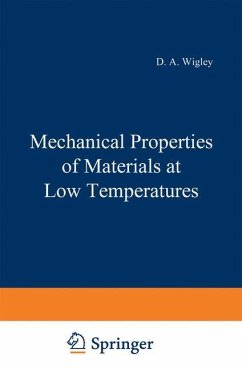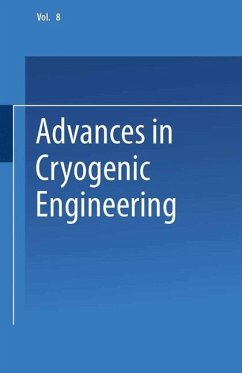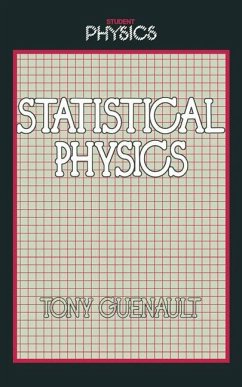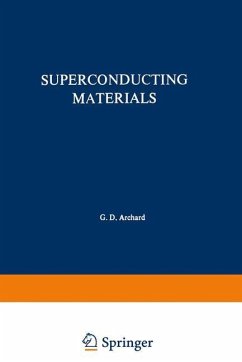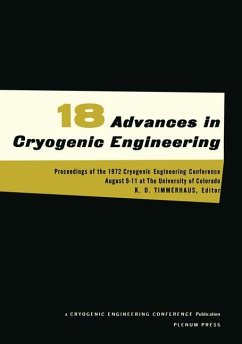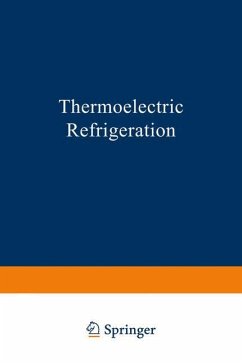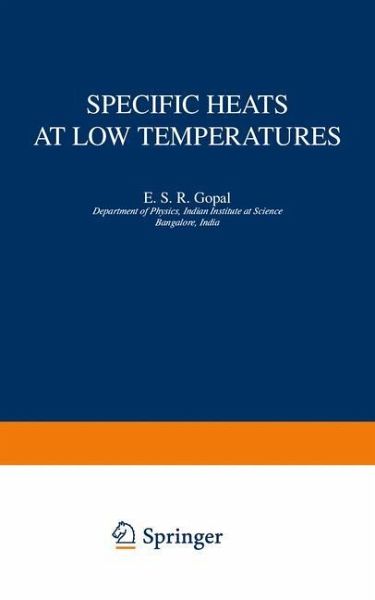
Specific Heats at Low Temperatures

PAYBACK Punkte
39 °P sammeln!
This work was begun quite some time ago at the University of Oxford during the tenure of an Overseas Scholarship of the Royal Commission for the Exhibition of 1851 and was completed at Banga lore when the author was being supported by a maintenance allowance from the CSIR Pool for unemployed scientists. It is hoped that significant developments taking place as late as the beginning of 1965 have been incorporated. The initial impetus and inspiration for the work came from Dr. K. Mendelssohn. To him and to Drs. R. W. Hill and N. E. Phillips, who went through the whole of the text, the author is ...
This work was begun quite some time ago at the University of Oxford during the tenure of an Overseas Scholarship of the Royal Commission for the Exhibition of 1851 and was completed at Banga lore when the author was being supported by a maintenance allowance from the CSIR Pool for unemployed scientists. It is hoped that significant developments taking place as late as the beginning of 1965 have been incorporated. The initial impetus and inspiration for the work came from Dr. K. Mendelssohn. To him and to Drs. R. W. Hill and N. E. Phillips, who went through the whole of the text, the author is obliged in more ways than one. For permission to use figures and other materials, grateful thanks are tendered to the concerned workers and institutions. The author is not so sanguine as to imagine that all technical and literary flaws have been weeded out. If others come across them, they may be charitably brought to the author's notice as proof that physics has become too vast to be comprehended by a single onlooker. E. S. RAJA GoPAL Department of Physics Indian Institute of Science Bangalore 12, India November 1965 v Contents Introduction ................................................................. .





